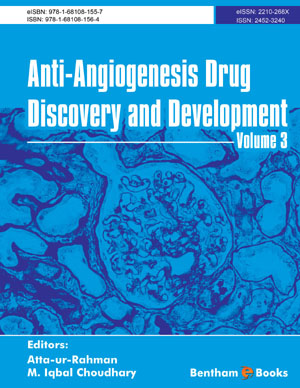Abstract
Atherosclerosis is the leading cause of death and disability in the developed world. Although low-density lipoprotein (LDL) cholesterol lowering drugs reduce the mortality and morbidity associated with coronary artery disease, mortality and morbidity remain high. Reverse cholesterol transport mediated by high-density lipoproteins (HDL) may provide an independent pathway for lipid removal from atheroma. The current NCEP ATPIII include HDL-cholesterol ≥1.6 mmol/l as a negative risk factor. Torcetrapib is an inhibitor of cholesteryl estertransfer protein (CETP) that increases HDL-cholesterol levels. Published studies show a favourable lipid profile of torcetrapib but no clinical efficacy, with greater mortality, lack of antiatherosclerotic action and increased blood pressure and aldosterone, leading to its use being abandoned. However, these detrimental effects are related to the molecule itself and not to CETP inhibition.Raising HDLcholesterol by CETP inhibition could be a new approach to atherosclerotic cardiovascular disease, although trials based on hard clinical end points are necessary.
Keywords: Atherosclerosis, HDL-cholesterol, LDL-cholesterol, Statins, Torcetrapib, CETP






















